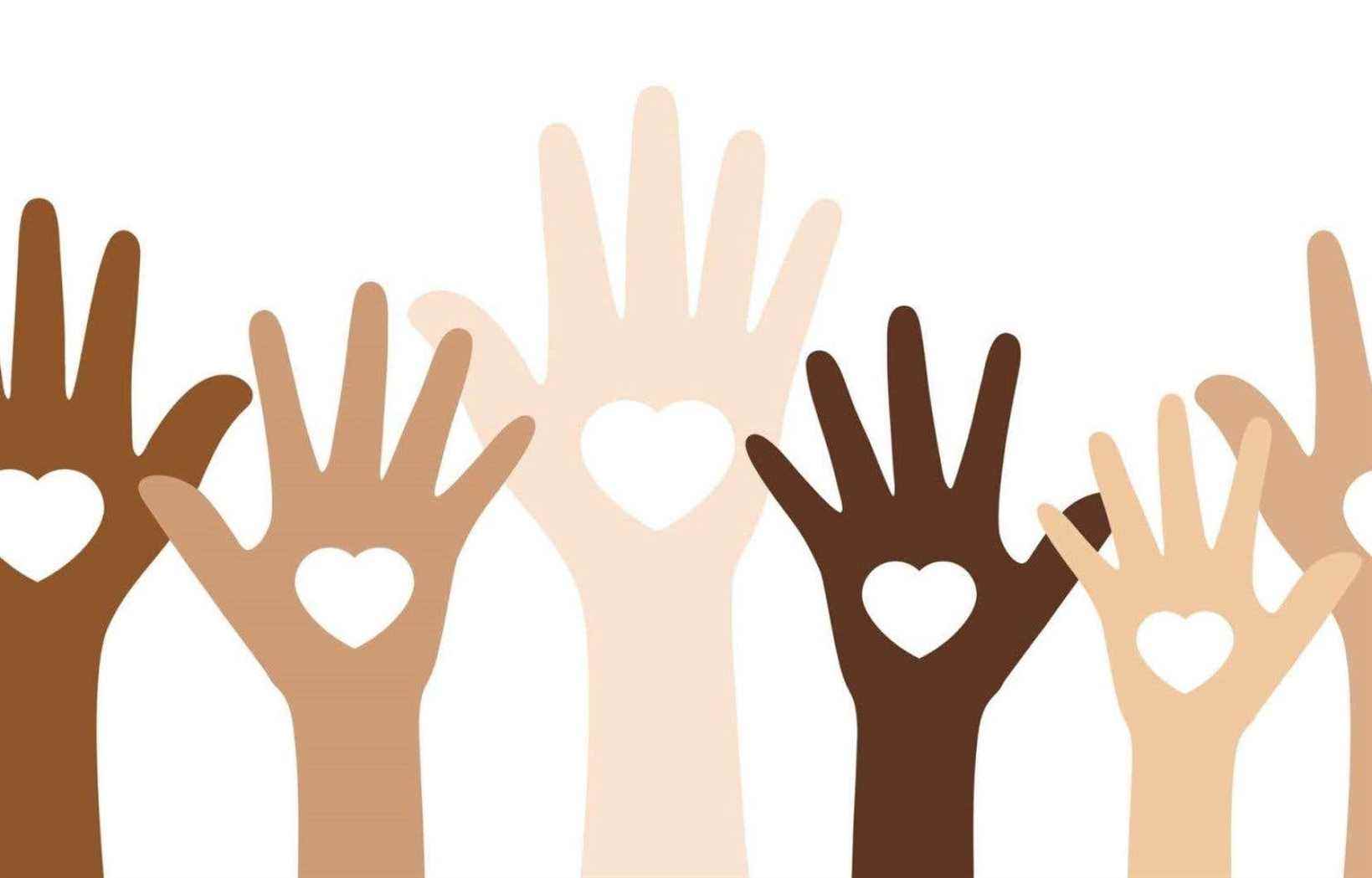This text is part of the special Philanthropy section
Big balls, fundraising dinners and silent auctions are still part of the arsenal of fundraising organizations, but they would do well to consider other approaches focused on local philanthropy, experts believe. .
More discreet, local philanthropy appeals more to ordinary people and allows funding to be diversified. Benefit events having been in the dark for two years due to COVID-19, it is proving to be an interesting option.
“This type of philanthropy focuses on the interest of the general public and on feeling emotionally connected with an organization,” says Diane Alalouf-Hall, researcher at the Canadian Network for Research Partnerships in Philanthropy (PhiLab) and lecturer at the certificate in philanthropic management at the University of Montreal. We feel close to the mission or to the organization itself, whatever the reason. Sometimes this is simply for reasons of geographic proximity, and also through the development of practices that build lasting relationships based on trust. Community philanthropy is made up of loyal and involved donors. They are there especially in difficult times like the one we are going through now. “
The local donor could, for example, be a loyal subscriber to a theater or orchestra, someone who has been treated for an illness in a hospital, or a school graduate. This is generally a person who has previously developed a link with the organization to which he makes a donation.
“These donors feel close to the organization, they have benefited from it, and they are motivated to make a donation,” says Wendy Reid, honorary professor at HEC Montreal, who carried out a study among Montreal cultural organizations at the request. from the Conseil des arts de Montréal.
The establishment of local philanthropy within cultural organizations is also one of the researcher’s recommendations, which follow on from the study.
“It is sometimes a challenge for cultural organizations to change their approach and develop their database to reach out to these donors, because they do not all have a suitable business model, but they must do the exercise of finding out who their enthusiasts are, and [de trouver des façons de] join them. “
On the other hand, large fundraising events, such as balls, which require a lot of organization, do not necessarily develop a loyal donor base.
“What we observe is that the renewal rate is not very high from one ball to the next,” adds Wendy Reid. These events are especially worthwhile for large institutions. This is less the case for small and medium-sized organizations. Another approach may be to favor smaller events, such as a cocktail dinner with an artist, with a smaller number of people, which will bring donors closer to the organization. “
Arts and culture
During the pandemic, we saw a wave of sympathy for cultural organizations and artists, who have suffered greatly from the closure of museums and performance halls. Thus appeared the movement of the solidarity ticket, which consisted, for the holders of canceled show tickets, to donate the price of their ticket to the organization instead of requesting a refund. This initiative can be seen as community philanthropy.
“These people do not necessarily have [réalisé] that they were donors, says Wendy Reid. Now it’s up to the organization to come back to them, talk to them, recognize their gift and develop a relationship. This is the start of a very encouraging relationship. And after the solidarity ticket, we saw an increase in donations from individuals. There was a feeling that we had to continue to support organizations. “
Arts and culture are not, however, the only ones to have benefited from the proximity donation since the pandemic.
“COVID-19 has simply put a spotlight on community philanthropy, and in particular on causes that already suffered from a lack of recognition or support before the pandemic,” says Diane Alalouf-Hall. We’ve talked about it a lot in the cultural community, but let’s not forget that culture does not represent the largest proportion of all donations in Canada (around 1%). Other causes, which some call invisible, have been used to counting on their local community for years, and this, long before the pandemic revealed the importance of this pool of donors. COVID-19 has only accentuated the phenomenon. “
